TFG heard from the Managing Director and Chief Financial Officer of World Bank Group, Anshula Kant, on the importance of transparency in helping investors manage ESG risks and achieve development impact goals.
Anshula Kant is speaking at City Week 2020, TFG’s partner conference by City & Financial.
Featuring: Anshula Kant (AK), Managing Director and World Bank Group Chief Financial Officer, World Bank Group
Host: Deepesh Patel (DP), Editor, Trade Finance Global
Eye on: Anshula Kant, CFO, The World Bank Group
Deepesh Patel (DP): Thank you so much for doing this with us! What is your “backstory”? Tell us a little more about your role as Managing Director and World Bank Group Chief Financial Officer.
Anshula Kant (AK): My role as MDCFO – and the role of the four finance vice presidency units that report to me – is to spare no effort in successfully delivering on the vision and strategy of the World Bank Group (“WBG”).
As the WBG works with our client countries to build sustainable, inclusive, and resilient socioeconomic systems, my team and I work closely with our operational colleagues. We assess the lending we can extend to our client countries within the parameters of our policy and risk management procedures, as well as within the scope of our mission, which is to eradicate poverty and boost shared prosperity.
While shareholder support has been ample, we need to stretch our balance sheet to make sure that timely and adequate resources are available to help deliver on our commitments to our client countries. We leverage our capital by accessing capital markets to increase the resources available to clients.
The finance teams act as custodians of our financial sustainability framework and we employ best practices in risk management to support our triple-A credit ratings for both the International Bank for Reconstruction & Development (IBRD) and the International Development Association (IDA), which is the linchpin of our financial model. We can access capital markets at an advantageous cost, with our clients benefiting from this as we are able to lend on favorable terms. In FY20, we raised US$75 billion for IBRD and US$5 billion for IDA – both record amounts.
Additionally, finance teams also offer knowledge-based solutions to our clients. These solutions are critical as they allow us to support a wide array of client needs.
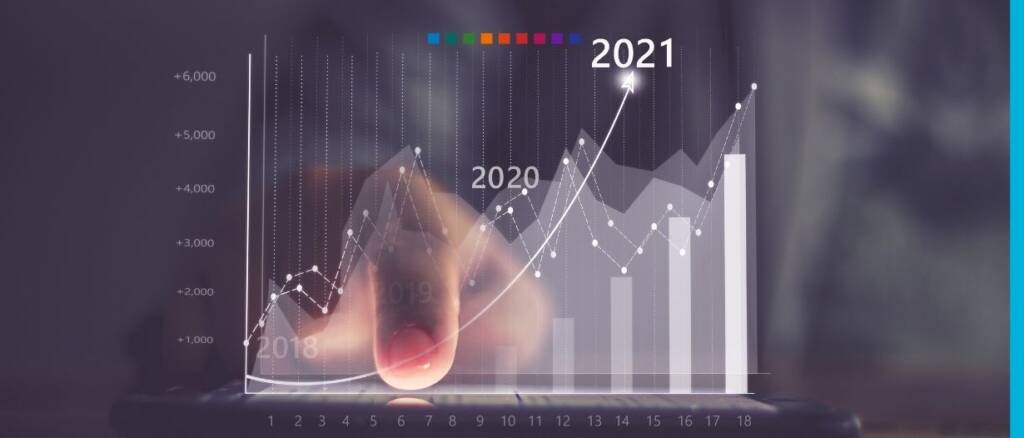
Countercyclical approach: Roles of the World Bank Group during the Covid-19 crisis
DP: What is the role of the World Bank Group during the current Covid-19 pandemic?
AK: The World Bank Group adopts a countercyclical approach, leaning forward in crisis situations to support the poorest and most vulnerable countries. As we rapidly scale up assistance to our client countries, we need to maintain prudential financial and risk management practices to preserve our financial sustainability.
Our strong capital base and sound financial principles have allowed the institution to step up quickly and mount an exceptional response to the crisis. As we announced in April, we are committed to providing up to US$160 billion in fifteen months ending in June 2021 to support developing countries as they respond to the health, social, and economic impacts of the crisis.
Through lending and global expertise, we are also helping countries develop greater resilience to future shocks. For instance, we are putting in place building blocks for pandemic-ready systems and stronger, more inclusive institutions. We are also supporting local economic development programs, especially for the poorest and most vulnerable. And we are helping countries integrate sustainability and resilience considerations into economic stimulus packages.
Initiatives to help combat Covid-19 impact
DP: Which economies have been prioritised as a result of the pandemic and what is the level of support from the World Bank Group to prevent further debt distress?
AK: This pandemic has been affecting countries all over the world, and the World Bank Group is supporting all of our client countries. However, we know that the pandemic is hitting the poorest countries and people the hardest. Therefore, US$50 billion of the total US$160 billion in support to countries, is made up of new concessional commitments from IDA, the organization that supports low-income countries – 74 of the poorest countries in the world. That concessional finance has a built-in grant element for countries at risk of debt distress so that they can focus their scarce resources towards fighting the pandemic.
While the WBG’s response is the largest and quickest in our history, we also know that it will not be enough. A successful crisis response by our client countries depends on macroeconomic stability and a strong fiscal framework. This is why we worked with the IMF to champion the debt service suspension initiative that was endorsed by the G20 and continue to advocate for further progress. Concurrently, we are continuing our efforts to support countries on debt sustainability and transparency, which are vital to helping countries achieve strong development outcomes in the long-term.
IFC Exclusive: Supply Chain Finance – Enabler for MSME Growth and Financial Inclusion?
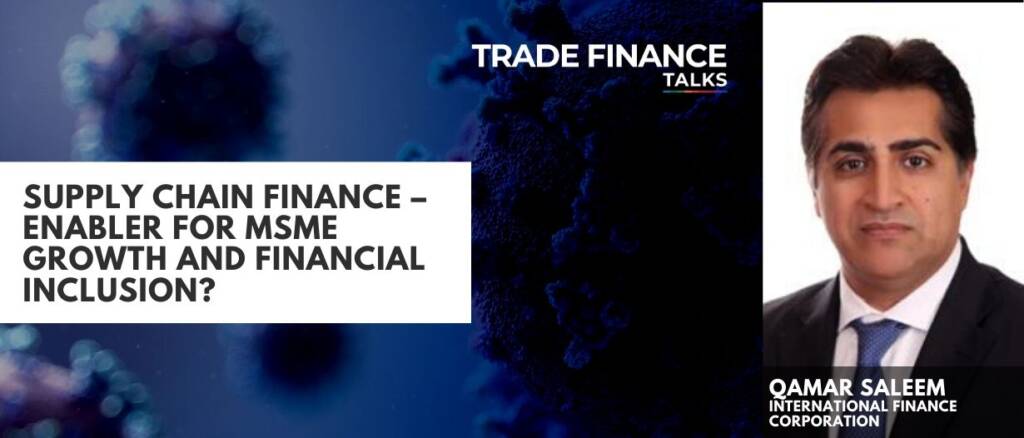
DP: How can public and private resources help accelerate liquidity availability and immediate economic response to markets that need it most (namely emerging and developing economies)?
AK: The COVID-19 pandemic has triggered what is likely to be the deepest global recession since World War II and is erasing decades of economic progress. By our estimates, the crisis threatens to push over 100 million people into extreme poverty, causing the global poverty rate to rise for the first time since 1998. It is also exacerbating intense inequality throughout the world. Simply put, the needs are immense and public resources, alone, will not meet the challenge.
The International Finance Corporation (IFC) and the Multilateral Investment Guarantee Agency (MIGA) – the private sector-facing institutions of the WBG – have been working for decades to catalyze private investment in developing countries. As part of the crisis response, IFC is implementing a US$8 billion fast-track financing facility to keep liquidity flowing to businesses, especially to micro, small, and medium enterprises, a major source of employment in developing countries. And, MIGA launched a US$6.5 billion facility to support private investors and lenders in tackling the pandemic.
Countries face a range of risks that can leave them vulnerable to significant macro-fiscal and climate shocks, including currency and interest rate risks as well as natural disasters. The World Bank’s market-based risk management solutions help intermediate between the markets and the countries we support. We have executed approximately US$4.5 billion of catastrophe risk transfer transactions for our member countries since 2007. In addition, the World Bank developed a Catastrophe Deferred Draw Down Option (CAT-DDO) that offers a contingent financing line. These sorts of transactions provide immediate financing while funds from other sources, such as bilateral aid or reconstruction loans, are being mobilized, and are accompanied by programs to strengthen resilience. As part of our COVID response, we are rapidly disbursing nearly US$1.7 billion to 15 countries through CAT-DDOs.
It is also important to develop local currency capital markets. Deeper and more efficient equity and debt markets can be effective in mobilizing domestic savings. Further, capital markets can protect economies from volatile fluctuations in capital flows and reduce the dependency on foreign debt. To strengthen our ongoing efforts to help countries develop their markets, the WBG created the Joint Capital Markets Program in 2017 to mobilize experts across the institution to deliver country-tailored advice and investments.
VIDEO: Are there enough trade assets to finance in the market and are there liquidity issues?
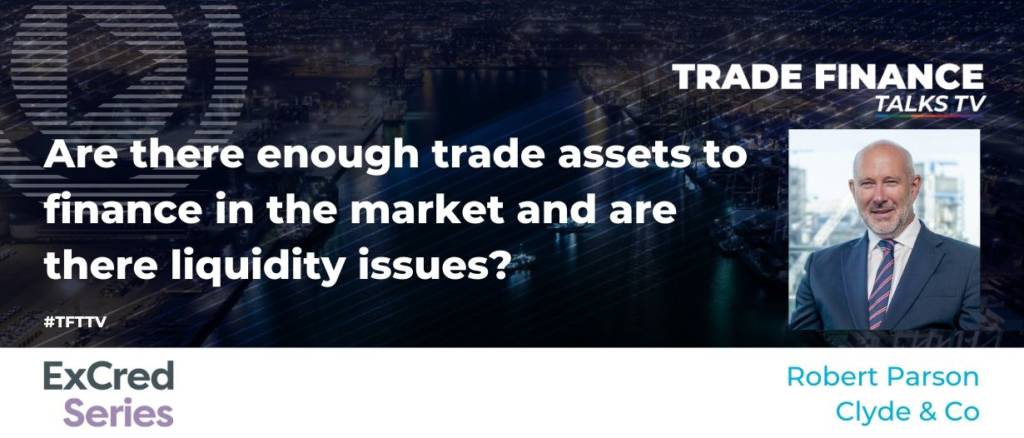
Sustainable bonds and ESG
DP: Can sustainable bonds help raise finance to address the crisis?
AK: Since the crisis, capital markets have been playing an increasingly larger role in directing financing to build a sustainable and resilient future – a path where investors consider the Environmental Social and Governance (ESG) credentials and impacts.
IBRD is one of the largest global bond issuers, and the largest offering safe, liquid, and high-quality investments that direct global savings to critical use, financing sustainable development projects around the globe. Over recent months, we’ve seen continued interest and confidence by investors in our programs.
The pandemic has crystalized the opportunity for sustainable investment to benefit everyone. We must maintain a focus on transparency, though. Issuers should be aware that investors are assessing the risks and opportunities of their investments through the lens of ESG and/or the SDGs. Issuers should explain how they are using investors’ funds to make a positive difference for society. And investors must look at their entire portfolio to see how they can use the power of investment to contribute to sustainable development and demand transparency from issuers so that they can make informed decisions.
Can ESG and Sustainable Bonds end extreme poverty?
DP: What is the role of the World Bank Group in sustainable development?
AK: Our goals of ending extreme poverty by 2030 and boosting shared prosperity are built on a foundation of sustainable development.
We design projects to achieve positive environmental and social impacts. All our projects go through an extensive review process to ensure we include sustainability considerations and address environmental and social risks. And we’re using knowledge and experience from our work on environment and climate to support a resilient and sustainable recovery across sectors.
On the funding side, World Bank bonds offer investors the opportunity to earn a market-based financial return while contributing to the betterment of society globally. Our Sustainable Development Bonds also serve as a model to increase transparency, which helps investors manage ESG risks and see how their investments help achieve development impact goals.
The economic rationale and business case for sustainable development
DP: Is there a perfect partnership between sustainable development and profitable economic growth?
AK: We are seeing so many emerging risks these days, including climate risks and disasters – and it is becoming more and more visible that these are all interconnected on many levels. If you look at issues of environmental and social sustainability against economic growth, profitability, and commercial motives, you’ll see that these things go hand-in-hand. They may seem to have trade-offs, but, in the long-term, there really isn’t a trade-off. In fact, the climate events and disasters we are witnessing today translate into financial risks, so I don’t see how we can have stable and profitable economic growth without a foundation of sustainability. Increased transparency around risks will make this even more apparent as ESG risks are integrated into financial models and investment calculations.
ARTICLE: Banking the unbanked – how the trade finance asset class can stimulate economic growth in emerging economies

World Bank: Strategic priorities for 2020 and beyond
DP: What are the medium to long term goals and strategic priorities at World Bank Group?
AK: Like most institutions, the World Bank Group is strongly focused on the response to the coronavirus pandemic and its health, social, and economic impacts. We are working to help countries meet the dual challenges they now face: addressing the health threat, and the social and economic impacts of the crisis, while maintaining a line of sight to their long-term development vision, including efforts to meet targets under the Sustainable Development Goals. The ambition of our response is to help client countries assist at least one billion people impacted by the COVID-19 crisis, while building momentum to achieve the twin goals of eradicating poverty and boosting shared prosperity.
DP: Tell us about your journey – you started at SBI back in 1983 and left the bank managing their $500 billion book – what’s your story, fast forwarding now to your current role at the Bank?
AK: Although State Bank of India is a commercial bank, and is the largest bank of India serving all types of clients across the spectrum, it has a strong development mandate. This development focus became ingrained in me from the beginning of my career.
One of my roles at SBI was that of the Chief General Manager, leading the states of Maharashtra and Goa. I got the chance to drive financial inclusion programs in those states. At that time, the mandate from the Indian government was that all unbanked households must have at least one bank account. This is proving to be critical to the ability of the government to push social benefits to assist people during this crisis.
Through my 35 years at SBI, I well realized that knowledge and investment are the twin forces essential for sustainable growth. So, it was a natural move to join the World Bank Group. The role and mission haven’t been a great leap for me but what has changed is the scope and scale of the problems that we’re working to address.
Promoting gender equality in finance
DP: You’re an influential woman in finance, having held several leadership positions throughout your career. What pieces of advice would you give other women entering their careers right now, given the current market, and continued challenges around gender inequality?
AK: At all times, but in particular these days, it’s important to keep an eye on the bigger picture. To succeed and to help your organization succeed, it’s critical to understand your organization’s core business and the challenges that colleagues or clients are facing, as well as relevant market trends.
Nothing can replace hard work, but as I’ve managed my career, I’ve also seen the value of building relationships and strong networks. Over time, I’ve also learned that it’s important to not shy away from talking about your accomplishments or your team’s achievements.
Ultimately, though, no matter what path you choose, you have to enjoy what you do and know what drives you. Personally, I’ve found that roles that challenge me have driven me to work at my peak.
Women in Trade – read our interview series
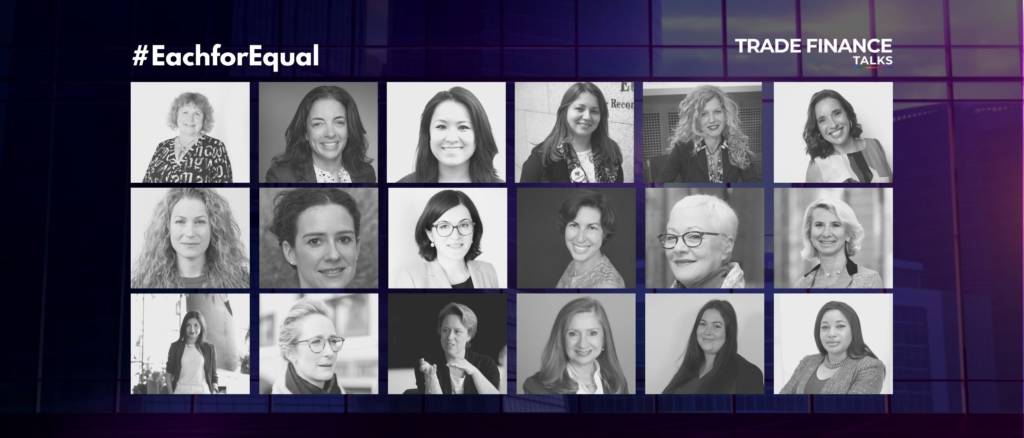
 Australia
Australia Hong Kong
Hong Kong Japan
Japan Singapore
Singapore United Arab Emirates
United Arab Emirates United States
United States France
France Germany
Germany Ireland
Ireland Netherlands
Netherlands United Kingdom
United Kingdom
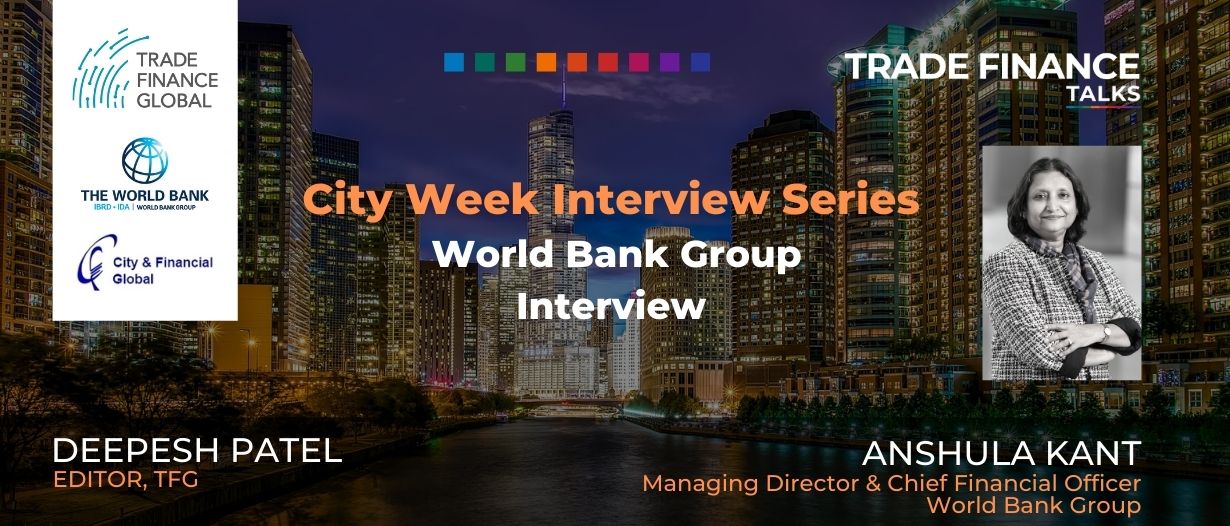






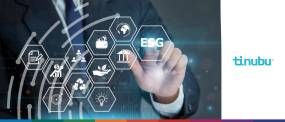
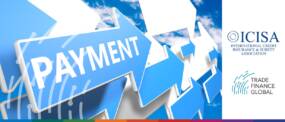

Comments are closed.